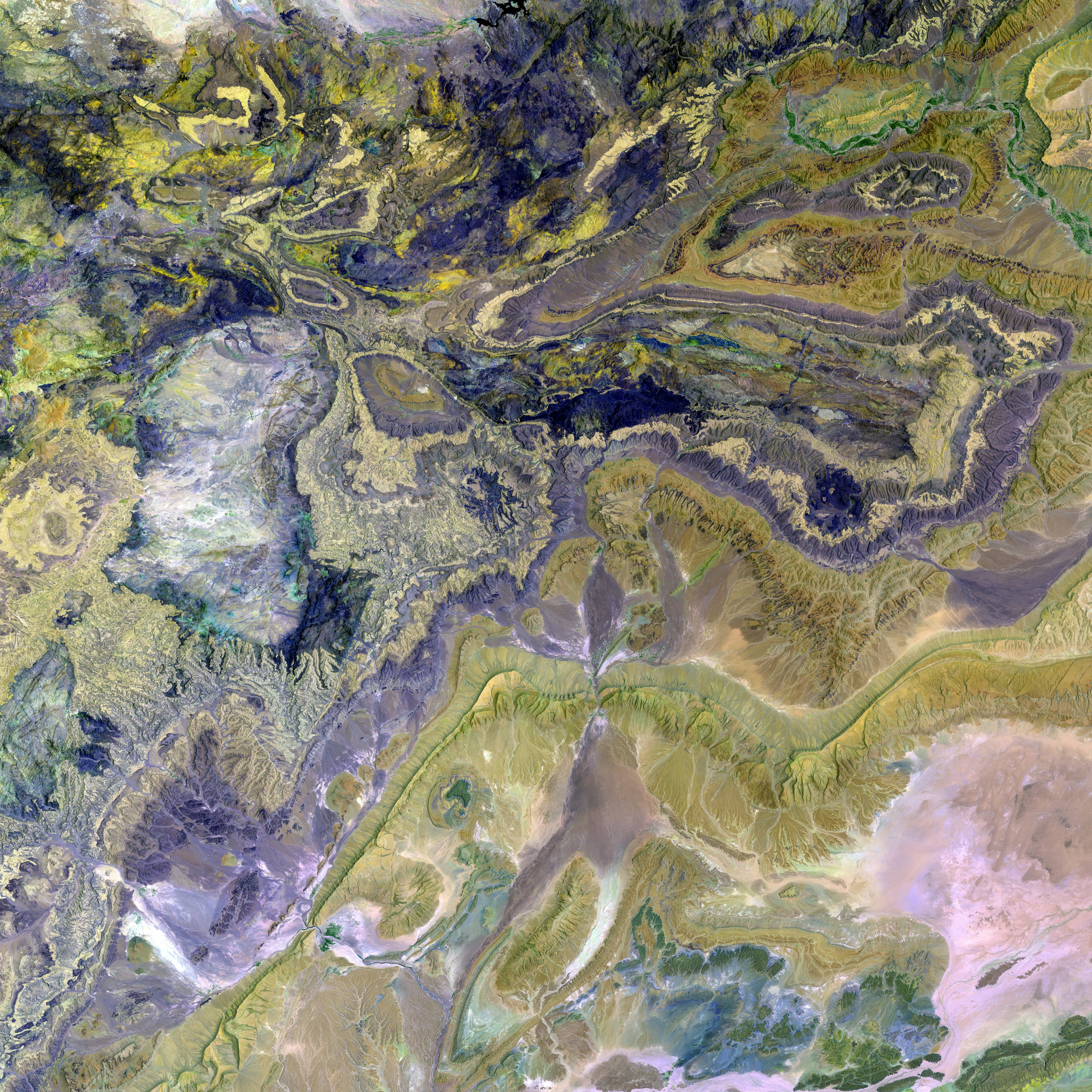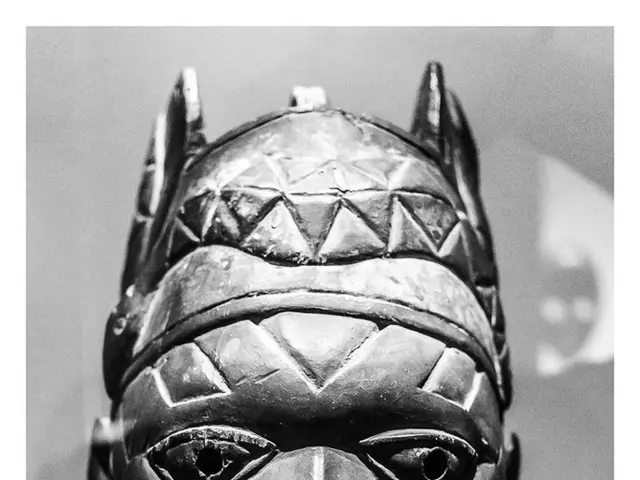Distinguishing Age Spots from Skin Cancer: Recognizing the Differences
Age spots and skin cancer might look alarmingly similar, but their differences can help you discern when to be on the lookout. While age spots are completely harmless and don't need any treatment, skin cancer isn't something you want to mess around with. Let's dive into the distinctions between these two common skin issues.
Age Spots
These bad boys? Popping up as smaller, round or oval spots that range from light to dark brown or even black. With a smooth, regular border, they typically develop on parts of the body that catch the most sunlight like your face, hands, shoulders, chest, and arms. Don't panic though - they're usually here to stay, given they don't change significantly in size or texture over time. Think of 'em as Mother Nature's way of giving you a memoir of your sun-chasing adventures.
Skin Cancer
Ah, skin cancer. Symptoms vary depending on the type (basal cell carcinoma, squamous cell carcinoma, and melanoma). But here's the low-down on symptoms to watch out for:
- Basal cell carcinoma: These little darlings present as small, pearly or waxy bumps, often with red or pink tones and raised edges that slope down towards the center - sound familiar? They might bleed, ooze, or crust, too.
- Squamous cell carcinoma: This beast could show up as red or darkened scaly patches, raised lumps that have a lower center, and even wart-like growths that refuse to heal.
- Melanoma: Now, this is where things get serious. If a mole or spot fits the ABCDE rule, it could be melanoma:
- Asymmetry: An irregular shape
- Border: Blurred or ragged edges
- Color: Multiple colors, like black, brown, pink, red, white
- Diameter: Usually larger than 6mm or growing
- Evolution: Changes in size, shape, color, color changes, elevation; bleeding, crusting, itching, ulceration. Yikes!
Age spots normally don't display these signs of irregularity. So if something on your skin is acting fishy, play it safe and seek medical help. Early detection is crucial.
Don't forget, age spots and skin cancer aren't the only players in the spot game - actinic keratosis can also rear its head. This type of precancerous growth shares similarities with age spots, but wart-like bumps, red, rough patches, or even scaly areas could be red flags.
What if I think I have skin cancer?
If you've got a funny feeling about a spot, tell your doctor immediately. Change in color, shape, size, or location, or if it looks different from other spots on your skin, or if it itches, crusts, refuses to heal within 4 weeks, or oozes or bleeds, could be cause for concern. Dear old age spots shouldn't behave this way, so keep an eye on them. If in doubt, chat to your doc! And remember, early detection can make all the difference.
Let's talk diagnostics and treatment options
Age Spots:A simple visual inspection with your doctor can usually determine if you've got some friendly age spots or something more sinister. Photos over time can also help keep tabs on those spots to catch anything fishy. Typically, no further tests are needed unless your doc needs a second opinion.
Skin Cancer:When it comes to skin cancer, thorough clinical examinations are the name of the game. In addition to that, dermoscopy examinations can help identify suspicious lesions with their irregular features. If your doc needs more proof, a biopsy might be required to confirm the diagnosis and find out the type of cancer.
Treatments:Age Spots:Since age spots are benign, no medical treatment is necessary. However, cosmetic treatments like topical lightening agents, chemical peels, laser therapy, or cryotherapy can help reduce their appearance if you're all about that even skin tone.
Skin Cancer:Prompt treatment is essential for skin cancer to prevent its spread, especially with melanoma. Surgical removal is the most common treatment, but other options include Mohs surgery, topical chemotherapy, radiation, or targeted drugs. Basal and squamous cell carcinomas still have high cure rates when they're caught early. Melanoma treatment might require wider excision, lymph node evaluation, and systemic therapies if it's advanced.
In the end, spotting the differences between age spots and skin cancer is important to ensure you're on top of your skin health. Regular skin monitoring and dermatologic consultation for changing or suspicious spots is key. And remember, the earlier cancer is detected, the better. Don't be shy - if you're concerned, speak to your doc anytime!
- In the realm of medical-conditions, both age spots and skin cancer are common skin issues that require attention, but they exhibit distinct differences.
- While age spots, skin care concerns that develop as smaller, round or oval spots with regular borders, are harmless and don't need treatment, skin cancer is a serious matter that should not be ignored.
- Skin cancer, including types like basal cell carcinoma, squamous cell carcinoma, and melanoma, can present with various symptoms such as irregular shapes, changes in color, size, or location, and skin lesions that refuse to heal or bleed.
- Dermatology, the science of skin, plays a crucial role in detecting and treating both age spots and skin cancer. Diagnostic tools like clinical examinations, dermoscopy, and biopsies are employed to confirm or rule out skin cancer.
- For age spots, cosmetic treatments like topical lightening agents, chemical peels, laser therapy, or cryotherapy can help reduce their appearance. On the other hand, skin cancer, especially melanoma, requires prompt treatment such as surgical removal, Mohs surgery, radiation, targeted drugs, or systemic therapies to prevent its spread.







